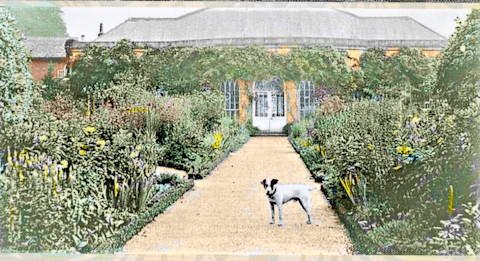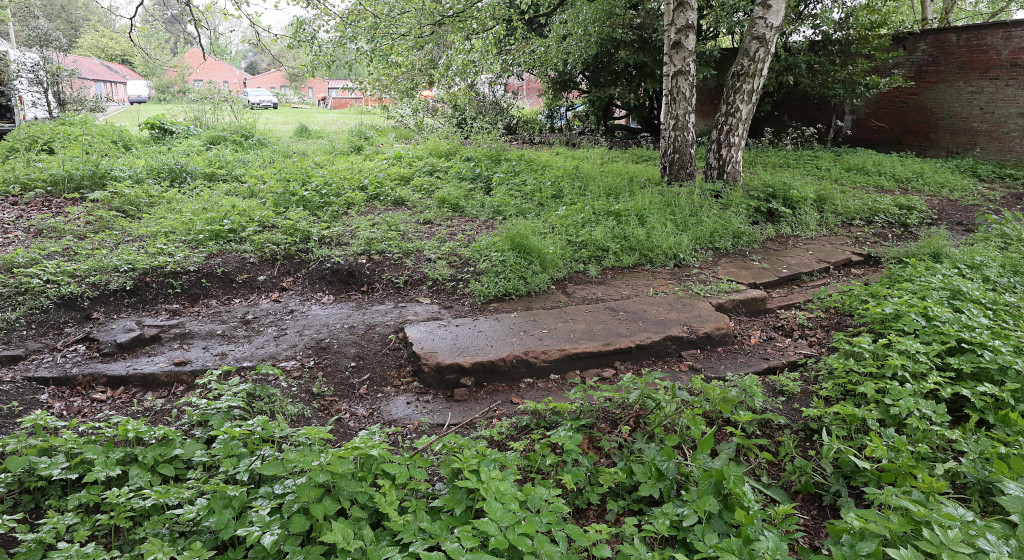The Wollaton Walled Garden, sometimes referred to as Wollaton’s Secret Garden, is a historic enclosed kitchen garden that once supplied Wollaton Hall.






The 4-acre garden is now being restored by dedicated volunteers under the banner of the “Wollaton Walled Garden Project”. The restoration features vibrant flower beds, a sensory garden, productive vegetable beds, an orchard, a tree nursery, the Head Gardener’s Cottage, a Cucumber House, and remnants of glasshouses and conservatories.
The group runs tours and open days for the public (see below for details).
It’s important to note that the Walled Garden is a separate area within Wollaton Park and should not be confused with the Formal Garden or the Botanic Garden, which are also located within the grounds.


The Wollaton Walled Garden Project, is a community-led collaboration between FoWP and WHaCS, guided and supported by NCC Park management and staff, to restore the 4-acre walled garden at Wollaton Hall in Nottingham, England.
The project aims to conserve the garden’s heritage, offer a place for historic and traditional horticulture, and provide opportunities for learning and education.
In 6 years, a group of mostly retired volunteers have transformed a derelict and overgrown 4-acre 18th Century walled garden into a working and thriving garden and orchard. The dedicated community of volunteers gave 12,600 hours of their time in 2024 towards improving this beautiful space for the enjoyment of over 2,500 visitors, who have enjoyed festivals and guided tours.
An amazing variety of vegetables and fruits are grown, which are offered to the local community. Flower beds and a new sensory garden are transforming the area from the once barren landscape.
The project would not have been possible without considerable support, and we extend our sincere gratitude to all those who contributed.
Tours
Tours of the Walled Garden take place on Thursday mornings from March to October and give you an opportunity to see the 4-acre site. We ask for a donation of £5 in cash on entry for the tours, which goes towards the improvement of the Walled Garden.
You can also book a private group tour, click here to contact the organisers.
Please note, not all areas of the Garden are currently wheelchair accessible. Contact us for details.
Festivals and Open Days
You can also explore the Walled Garden and speak with our volunteers at your own pace on the following dates. During festivals, a small donation helps us maintain the garden.
History of the Walled Garden
The walled garden was built, along with the head gardener’s cottage, large conservatory and farm buildings, in the second half of the 18 century. It replaced the old kitchen garden that was possibly near the present-day formal gardens area. Built in a classic rhomboid shape, the inner 12ft wall encloses about 4 acres.

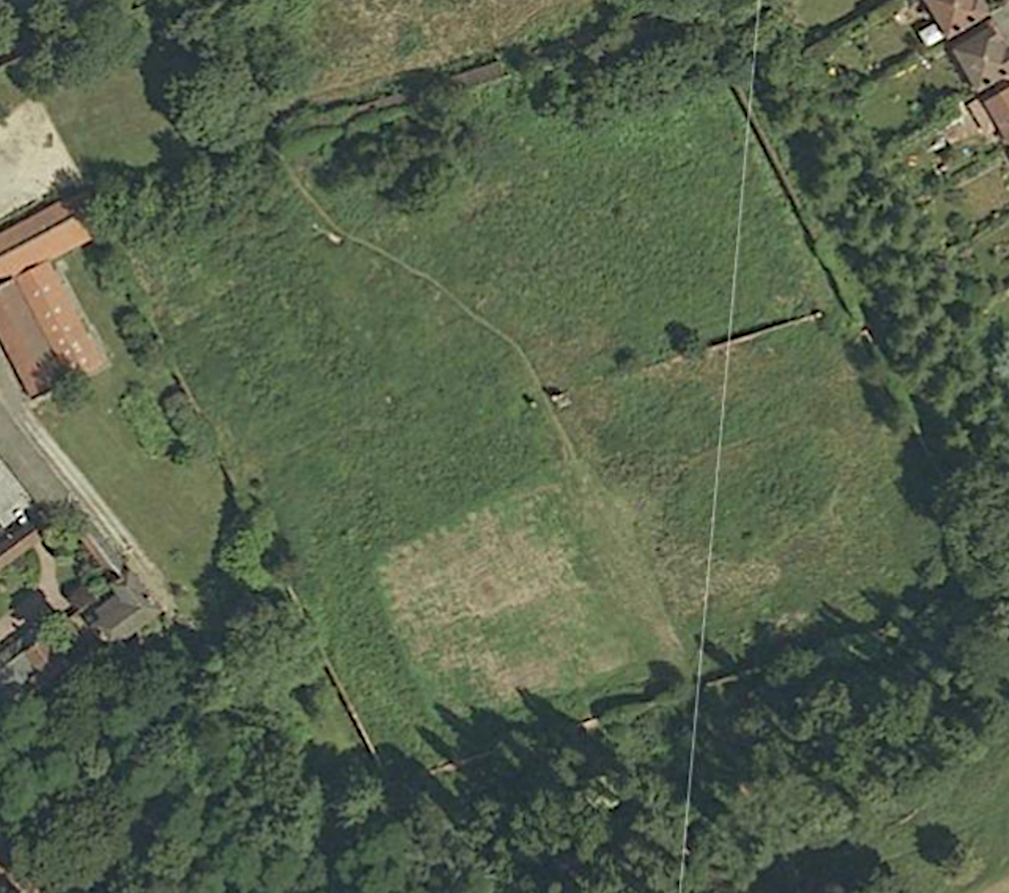
The East, South and Central walls were designed to be heated (you can still see the fire-holes used to provide heat). There are additional garden areas (called slip gardens) surrounding the main walled area. These may have contained orchards. After the repeal of the glass tax in 1845, more glasshouses were built in the area currently occupied by modern council buildings. This was probably the walled garden complex at its best.
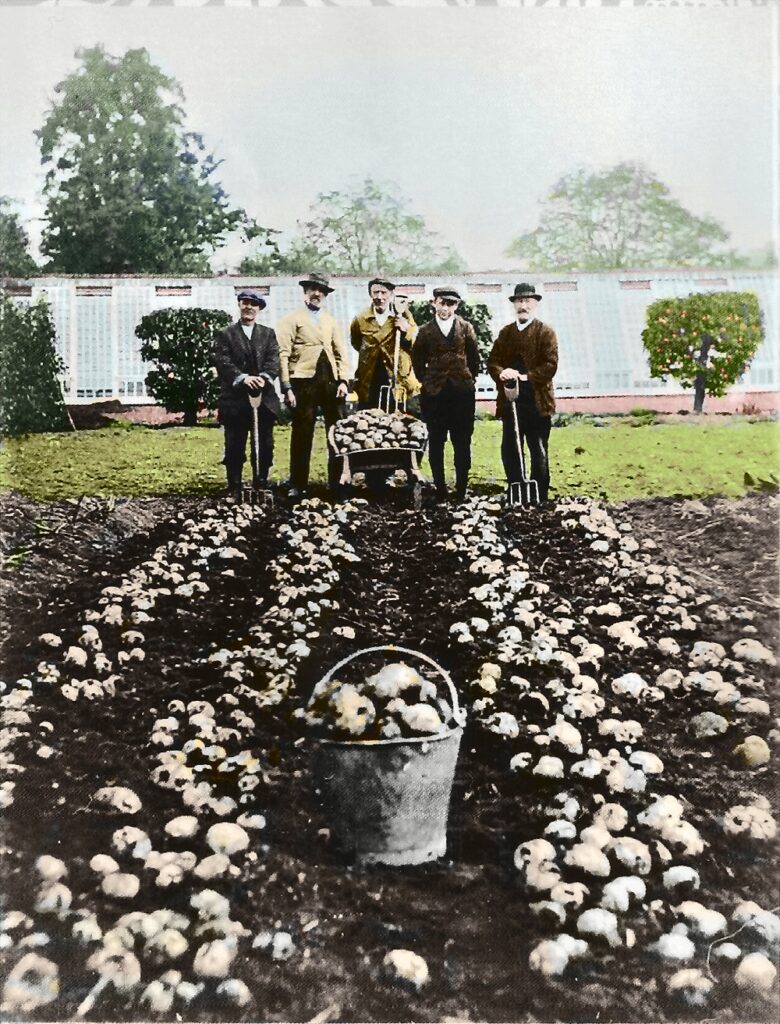

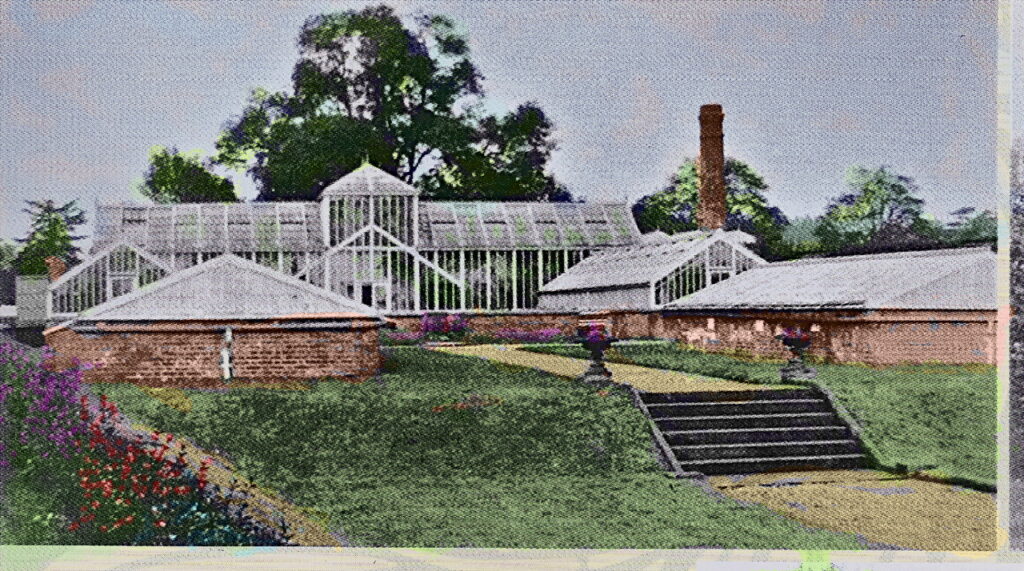
Nottingham City Council took over Wollaton Park and Gardens in the 1920s.


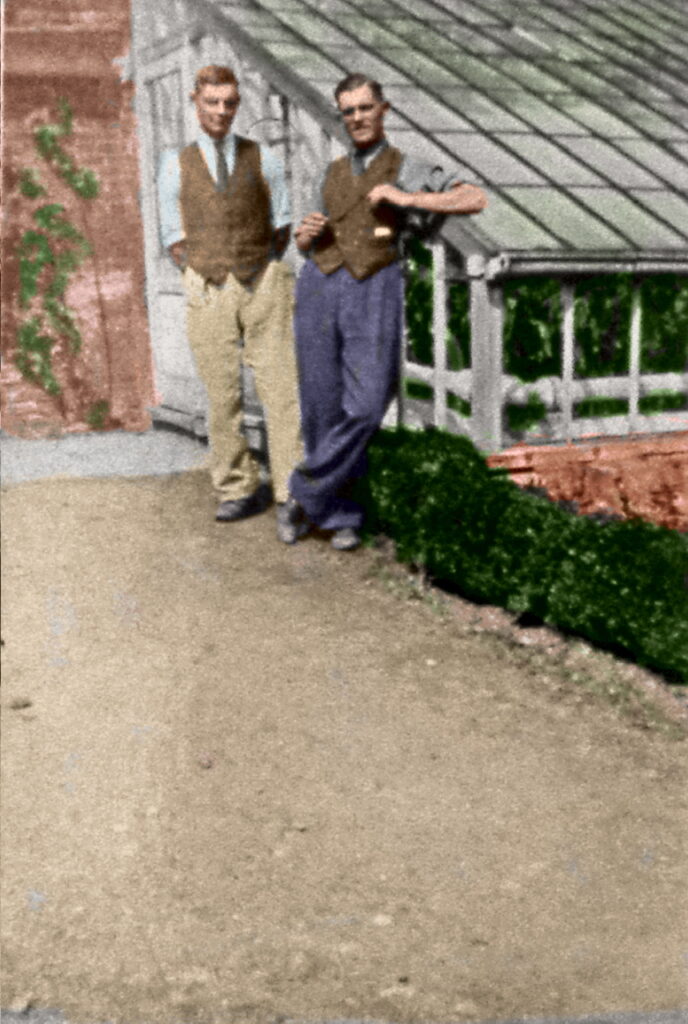
Over time all of the glasshouses have been demolished, except the base of one of the small greenhouses, possibly used for growing cucumbers or melons. The Council stopped using the gardens in the early 1990s and the gardens were left to nature.
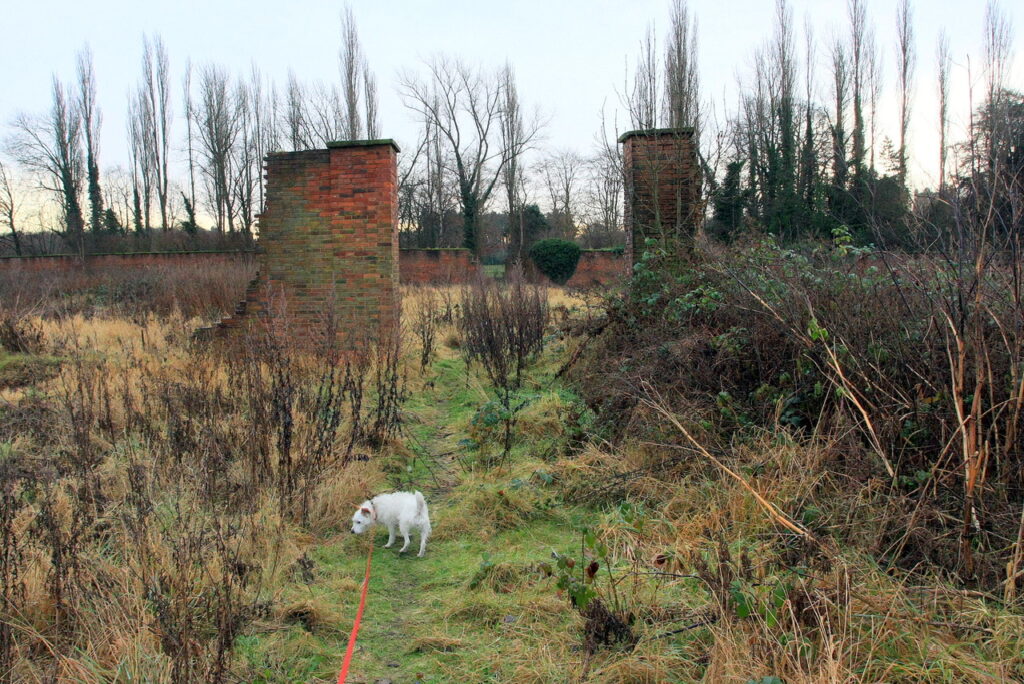
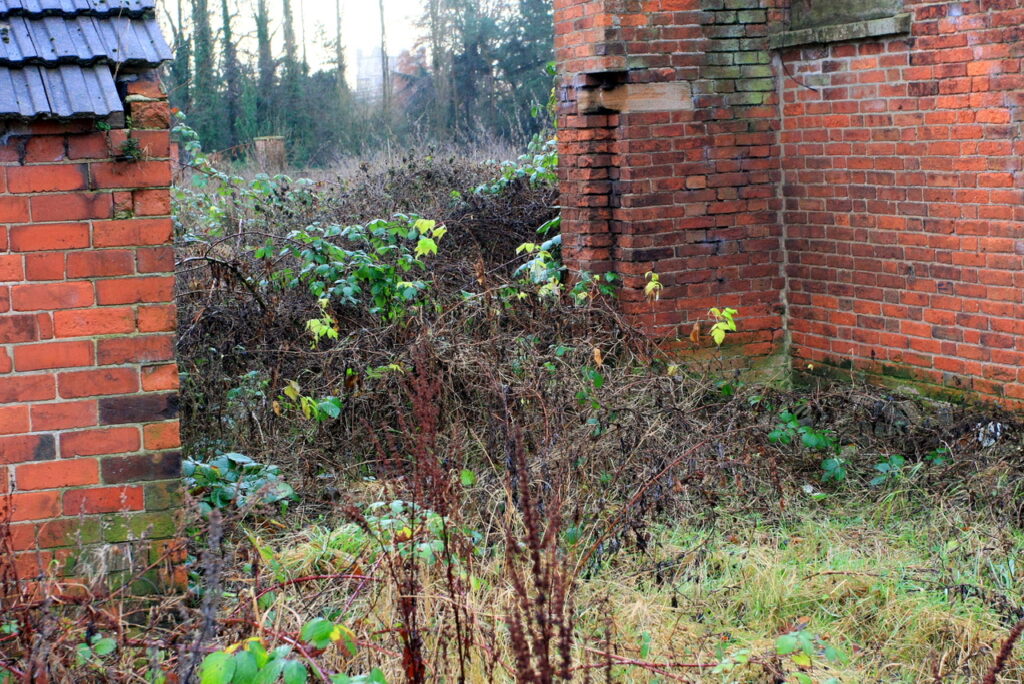

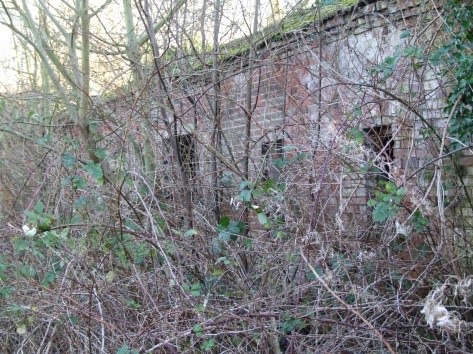
An article by the Wollaton Historic and Conservation Society explores the history of Wollaton Park’s Walled Garden in more depth.
See also an article on the Garden’s history in issue 50 of the Lenton Times.
Early Work on the Wollaton Walled Garden Project
In late 2018, a group of volunteers, coordinated by Friends of Wollaton Park, started helping to restore, renovate and reuse the ‘secret’ walled garden area. The Wollaton Walled Garden Project started! We initially recovered and cleaned the original Georgian bricks in order to reconstruct the severely damaged east wall and gate.
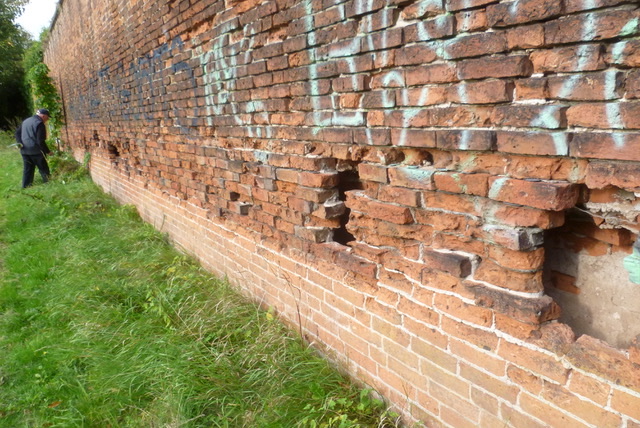
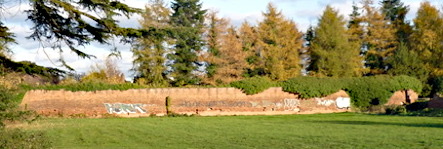
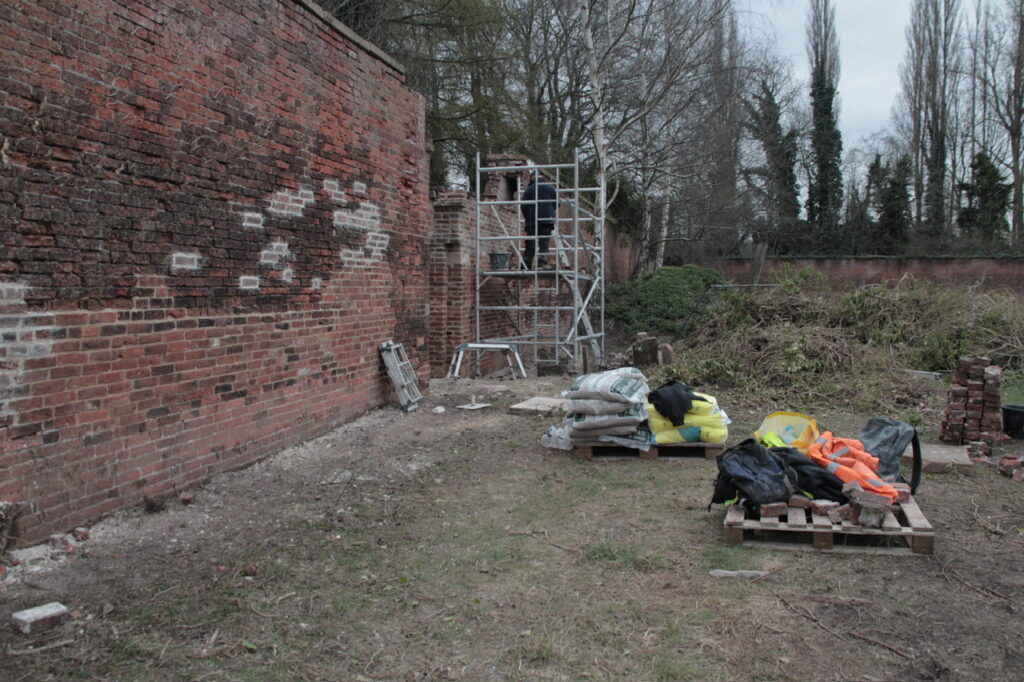
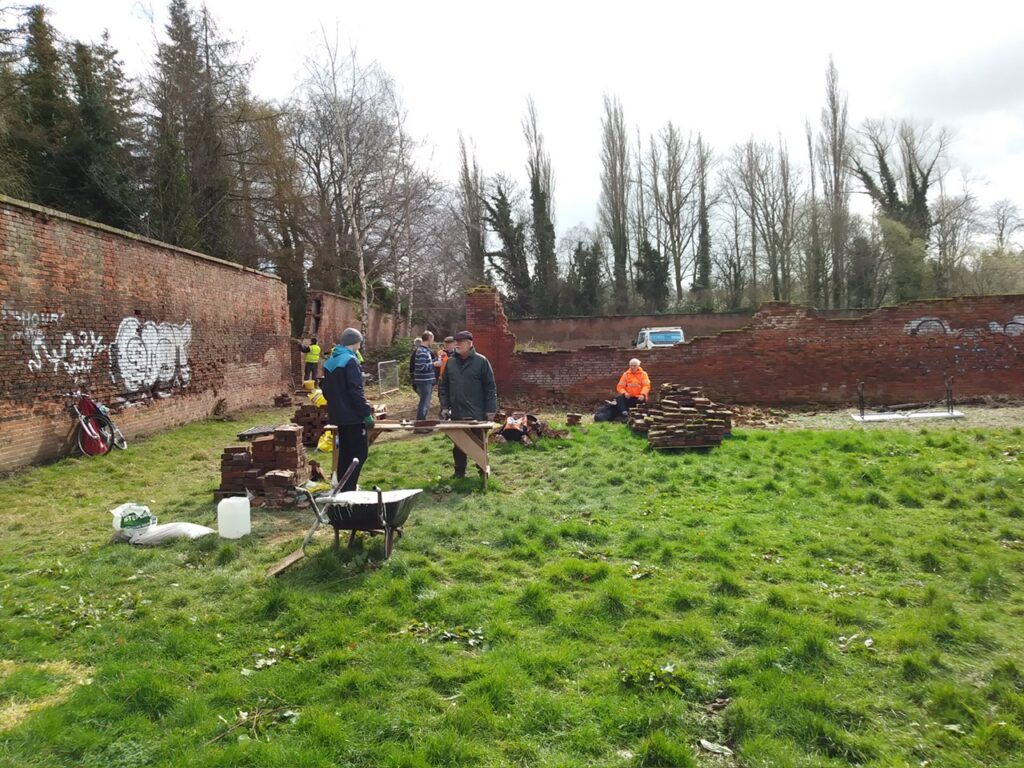
In the subsequent years (covid restrictions permitting), we developed the gardens for growing fruit, vegetables and flowers.
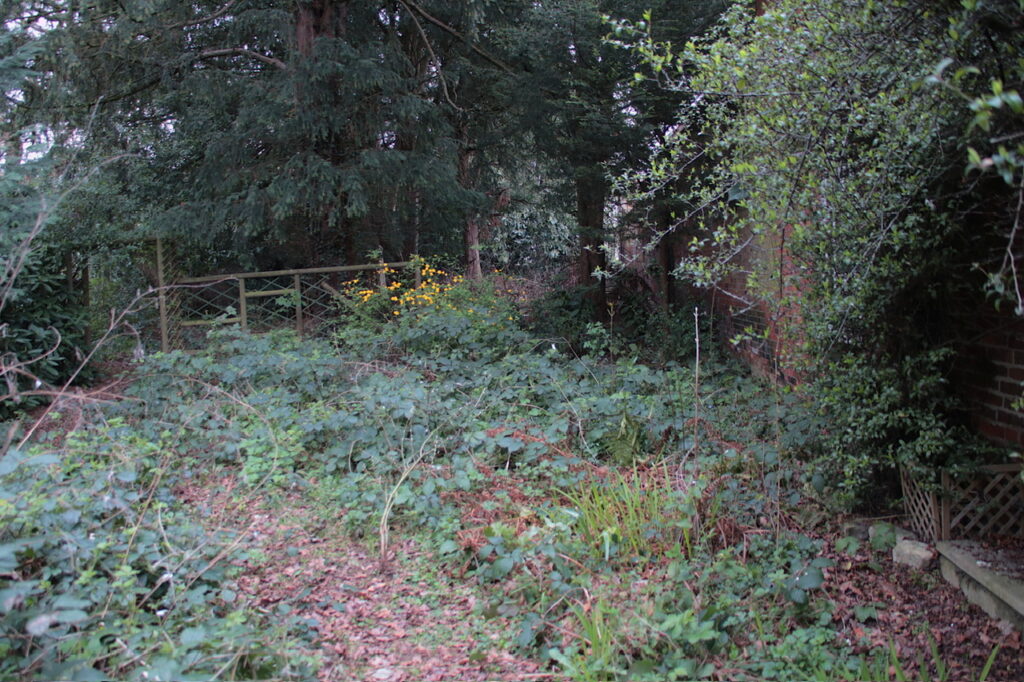

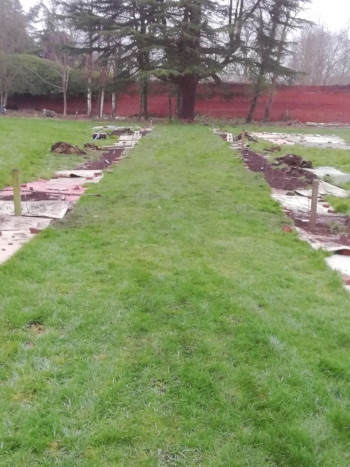


We also took on restoring the Head Gardener’s garden.

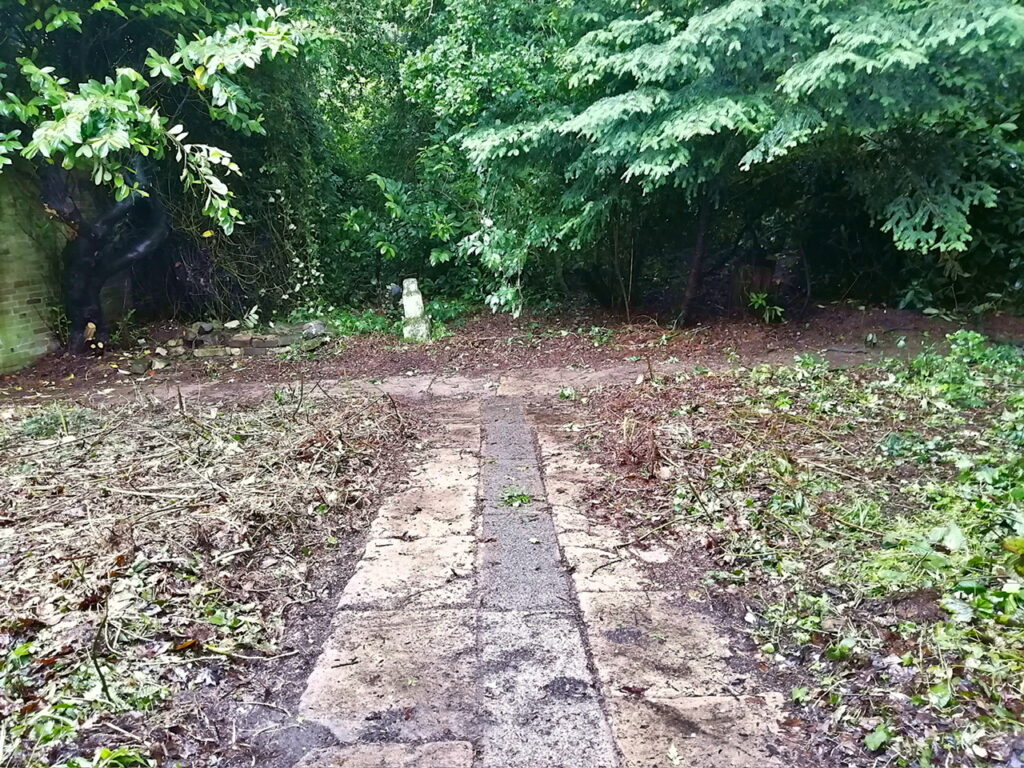
We found the entrance foundations of the larger conservatory that once existed next to the Head Gardener’s Cottage. We gradually returned to the walled garden and recommenced sowing, planting and other developments.
From this point forward, our activities are covered in our monthly blog.

